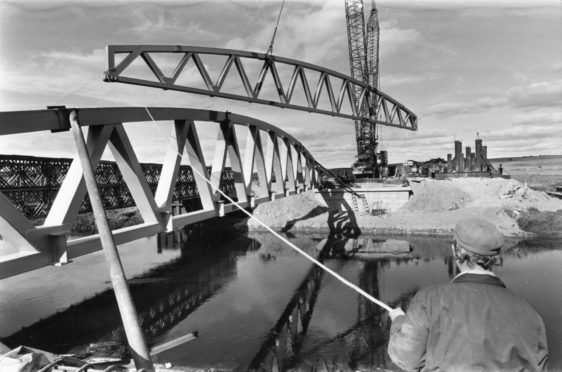The historic Town House has been at the heart of the community in Kintore for almost 300 years.
But the settlement of Kintore itself dates much farther back to the prehistoric era and there was an encampment in Roman times.
In the 9th Century AD, Kintore became a Royal Burgh, but it was many centuries later that the community by the River Don we know today took shape.
The Town House was paid for by the 3rd Earl of Kintore and completed in 1747.
The attractive civic building with its double curved staircase and clocktower has had a variety of uses over the centuries.
In its time its been a schoolroom, a jail and council chambers, but ambitious plans are afoot to bring it back into community use.
The elegant Town House is instantly recognisable in this photo below of the Gordon Highlanders marching by in 1938 as a little Jack Russell looks on.
Eagle-eyed locals will notice that the building is clad in white harling here, nowadays its back to its original granite facade.
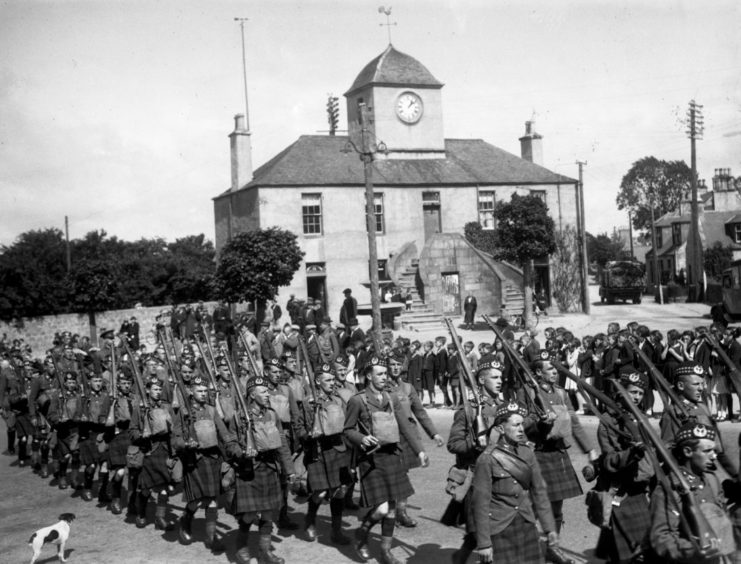
Kintore was little more than a village in this aerial photograph of the Garioch from 1948, with Bennachie on the skyline.
These days Kintore has encroached far into the surrounding countryside and the town centre is now bypassed by the A96 dual carriageway to the left.
The railway line runs parallel to Kingsfield Road here and just last year the town saw its station reinstated.
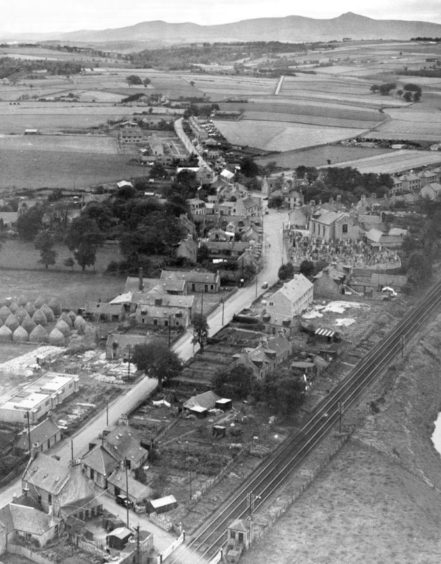
Before the A96 trunk road, however, this photo below from 1969 shows the ‘Great North Road’ that travellers took north through Kintore.
The Kintore Arms Hotel on the left in the charming village centre would have been a tempting stop off for weary motorists.
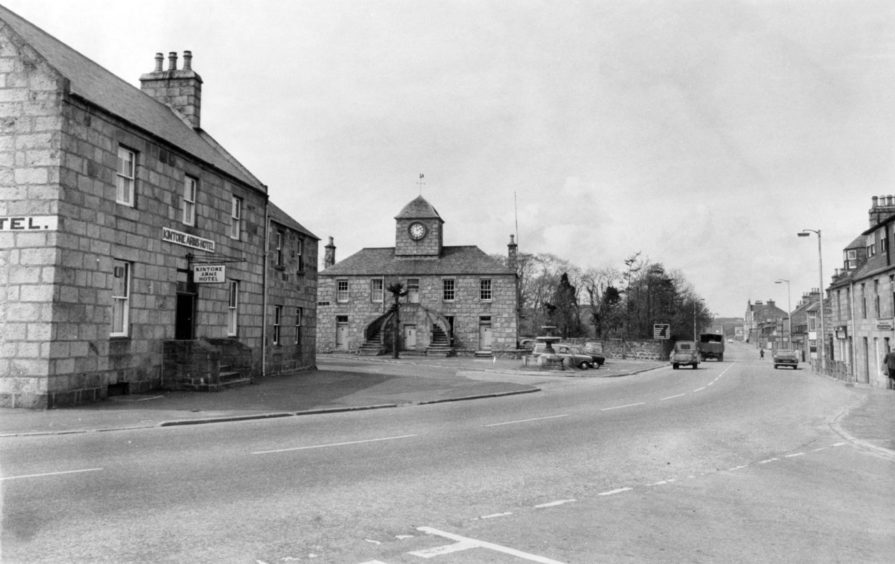
This eye-catching sign from 1972 shows the distance between Kintore and other destinations, both near and far.
But whatever happened to this unusual sign?
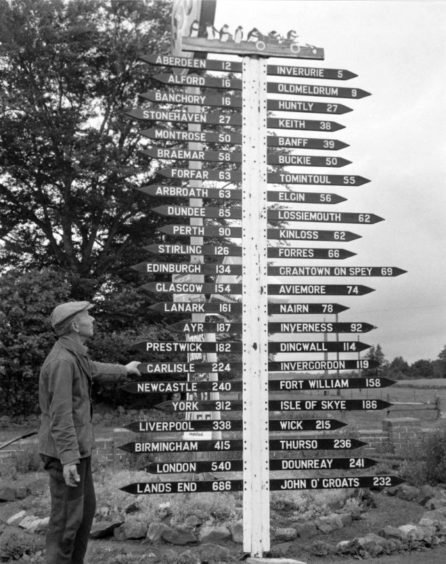
In 1979, former town’s officer John Barron and former Kintore provost Donald Henderson called for the original Royal Burgh signs to be erected at the entrance of Kintore.
The determined duo were successful in their appeal, and the signs stand proudly welcoming visitors to the community today.
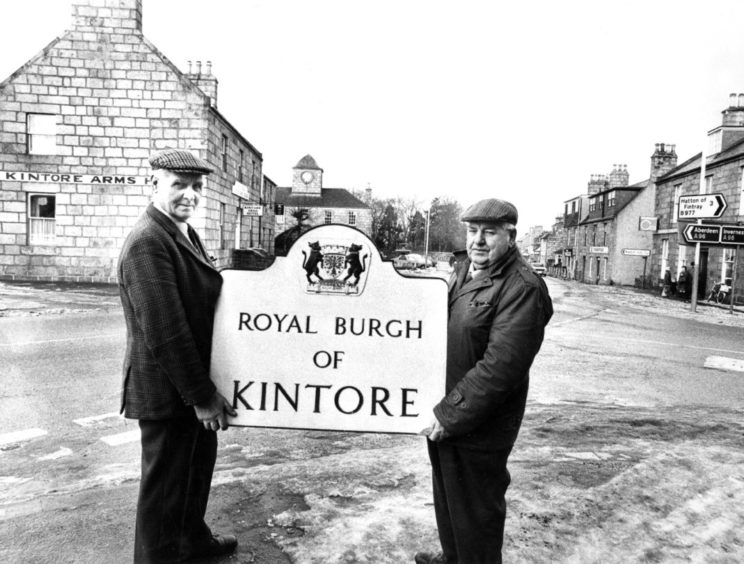
Northern Road looks remarkably unchanged in the below photo from 1980, but the vehicles and prams are certainly from a bygone era.
The busy post office still stands on the left along with a takeaway.
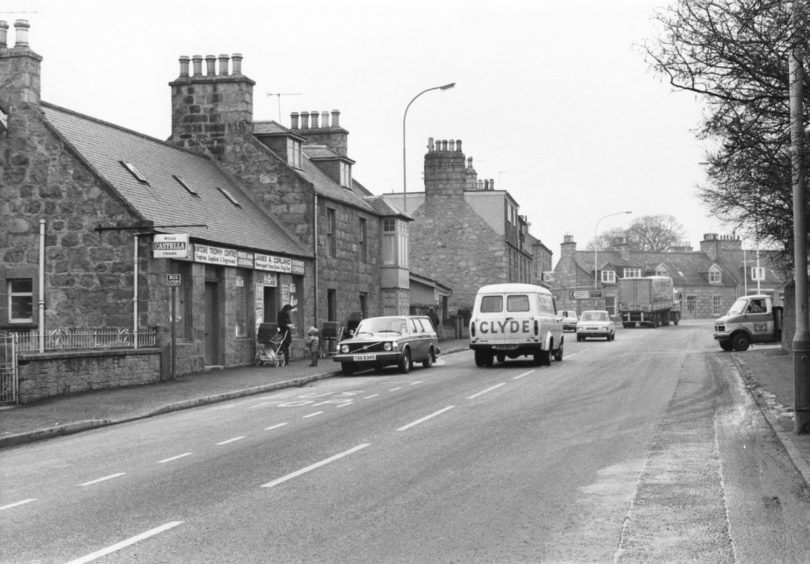
In another view taken further up Northern Road, this photograph shows the Station Hotel as it was in 1982.
One of the remaining relics of Kintore’s original railway station and buildings, dating from 1899, it has since been converted into flats.
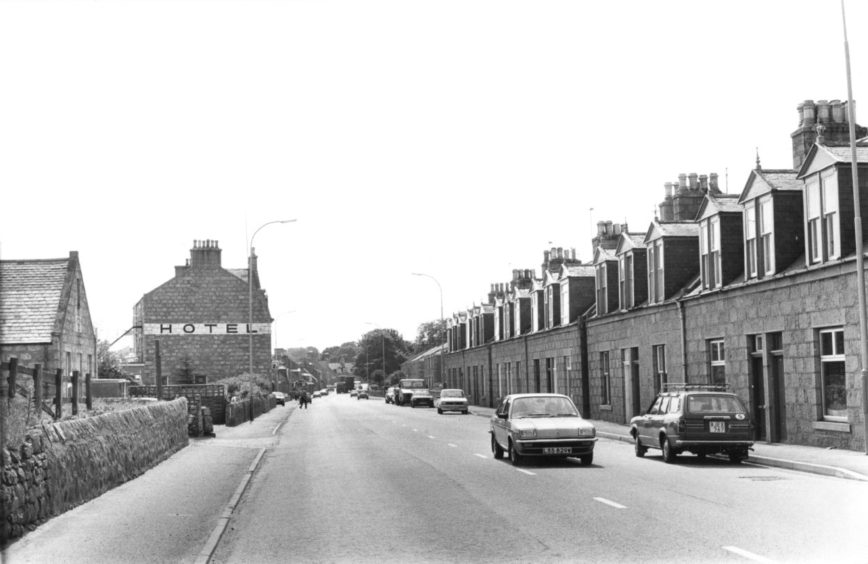
This striking photo of engineering in action shows the installation of the £660,000 new road bridge over the River Don in 1986.
Holding a rope and wearing a flat cap, there was no health and safety here as this man oversees the 60-tonne steel truss being lowered into place.
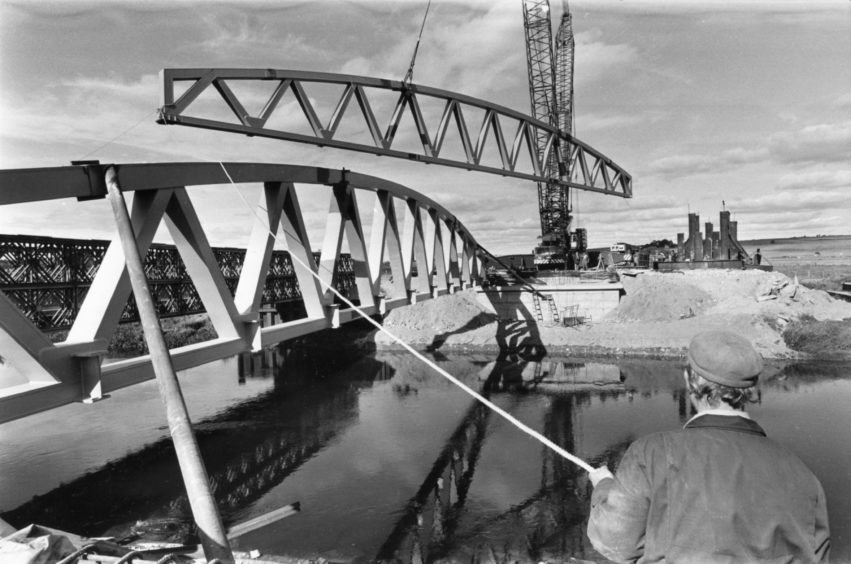
Fields of gold: How the humble daffodil put Inverurie on the world map
